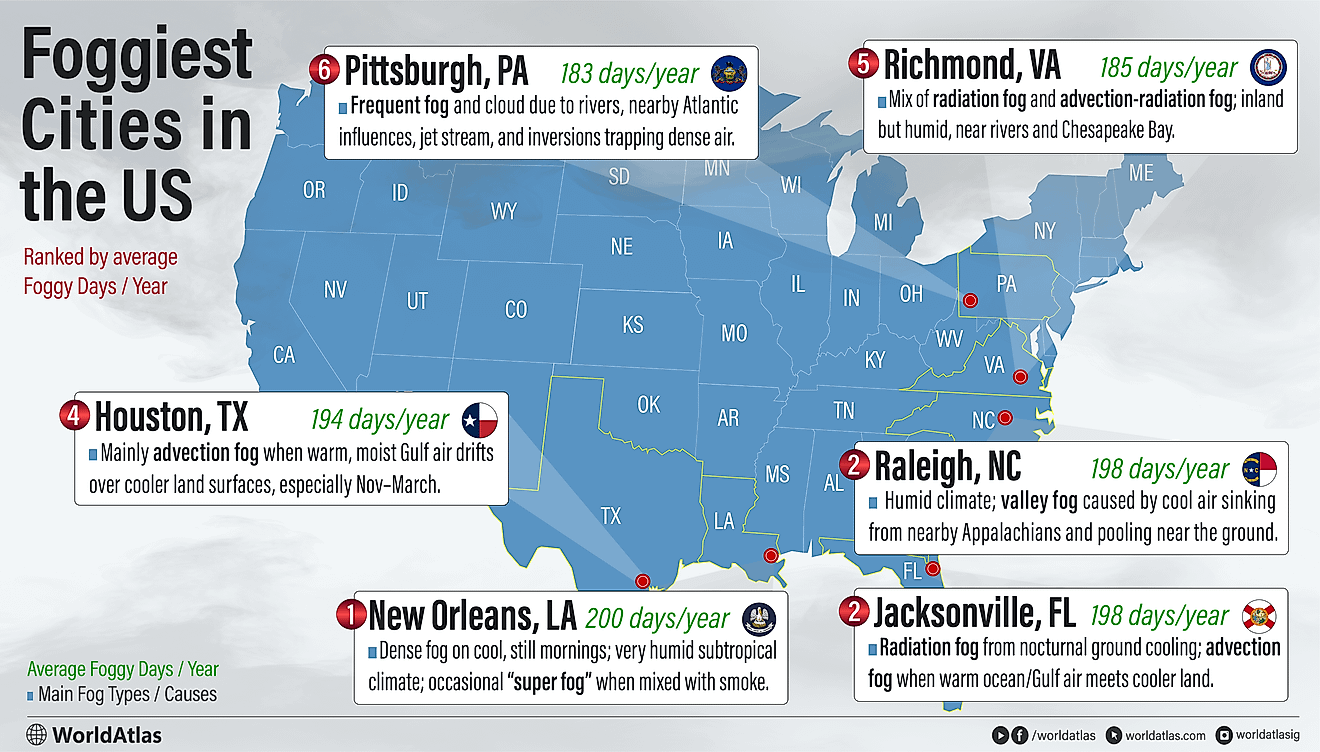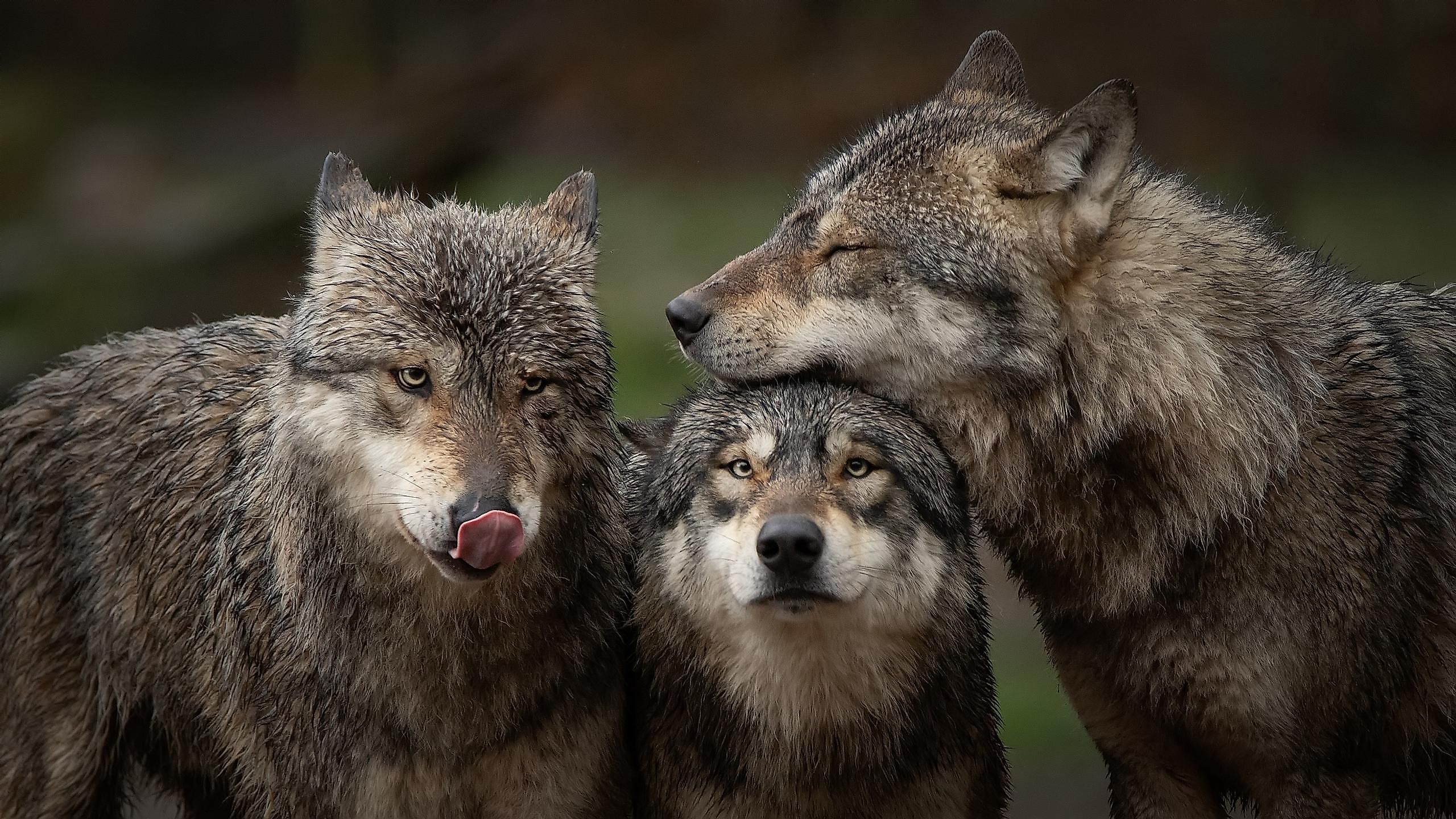
The 12 Coolest Animals In Oregon
Oregon is synonymous with the great outdoors. After all, an estimated 60% of this Northwestern state is engulfed in forest. Add in the soaring mountain ranges, the Pacific Coast, and abundant bodies of freshwater, and you have yourself a sustainable breeding ground for biodiversity. This is not to say that there haven't been, or are not, current environmental and conservation issues (several of which will be discussed below), but the fact remains that there are countless notable animals in these parts. Whether owing to sheer size, reputation, beauty, intrigue, elusiveness, or historical significance, these twelve animals are the coolest Oregon offers. Since the state owes much of its prosperity to logging, let's kick things off with a different kind of lumberjack.
Beaver
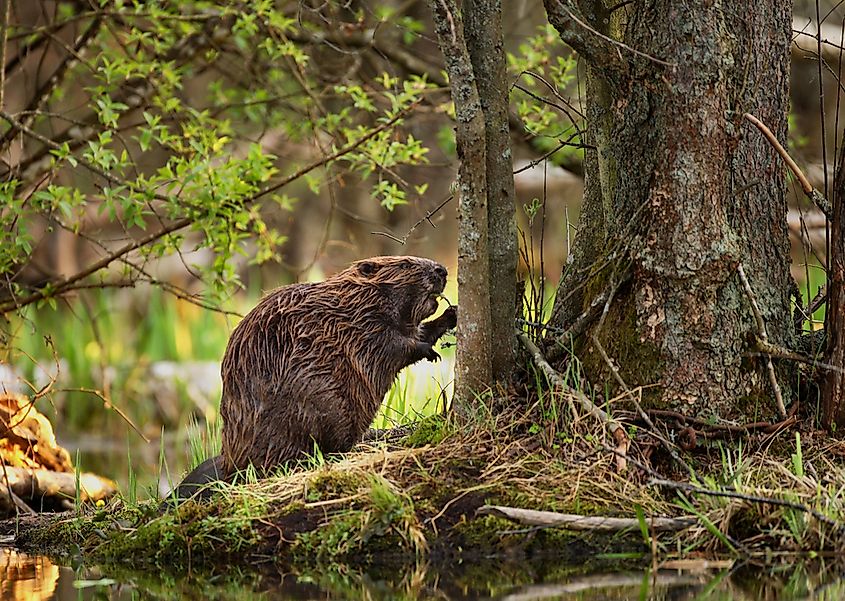
If coolness can be determined by a committee, then consider the beaver (Castor canadensis) Miles Davis. The largest rodent in North America was instrumental in the founding of Oregon, a.k .a. "The Beaver State." During the 19th-century fur trade, this lovable, semi-aquatic creature was severely over-hunted but has since rebounded to healthy populations – no doubt facilitated by becoming the official animal of the state in 1969. These reddish brown, or sometimes black, web-footed mammals grow throughout their entire lives, reaching up to four feet in length and weighing upwards of 65 pounds. Beavers famously manipulate their environment, constructing complex dams that enhance their well-being and provide a viable habitat for juvenile Coho salmon and some migratory birds in Oregon.
Roosevelt Elk
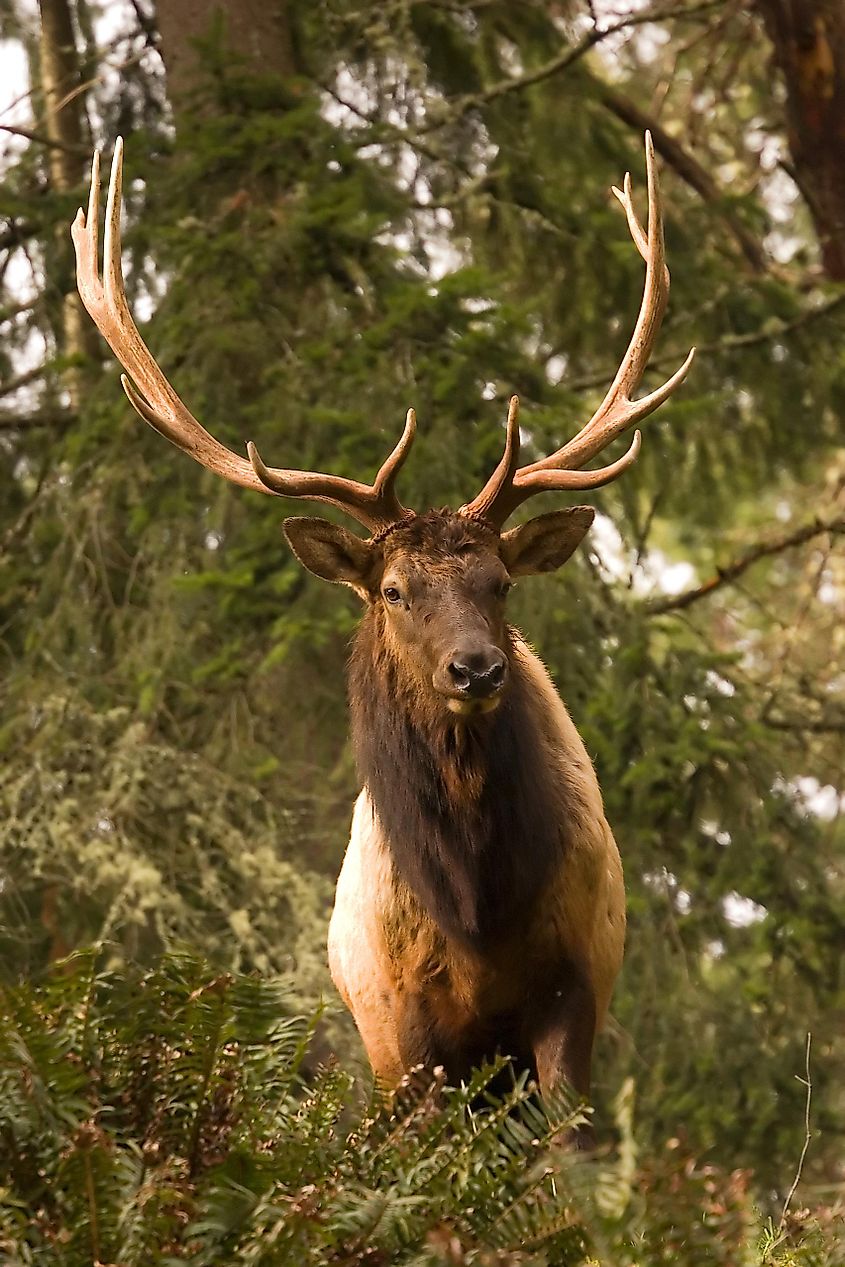
The Roosevelt Elk (Cervus canadensis roosevelti) is the largest of the four North American subspecies. Bulls (males) average around 875 pounds and grow impressive, crowned (or three-pointed) antlers of up to four feet (also the largest of all elk subspecies on the continent). Like the beaver, this mammal's population has gone through a massive collapse and rebound over the centuries. From an estimated ten million before 1500 to less than 100,000 by the early 20th century, reintroduction programs and other conservation efforts were thankfully effective. Nowadays, elk populations are so robust that they are the second-most sought-after game (behind only deer) by hunters in the state of Oregon. Bow hunting, in particular, has been popularized in recent years. Elk enjoy open grazing lands but also the cover of old-growth forests and other edge environments. In Oregon, Roosevelt elk (named after Theodore Roosevelt) is most commonly seen in the West, throughout the Blue and Wallowa Mountains, the Northern Coast Range, and the West of the Cascade Range.
Cougar
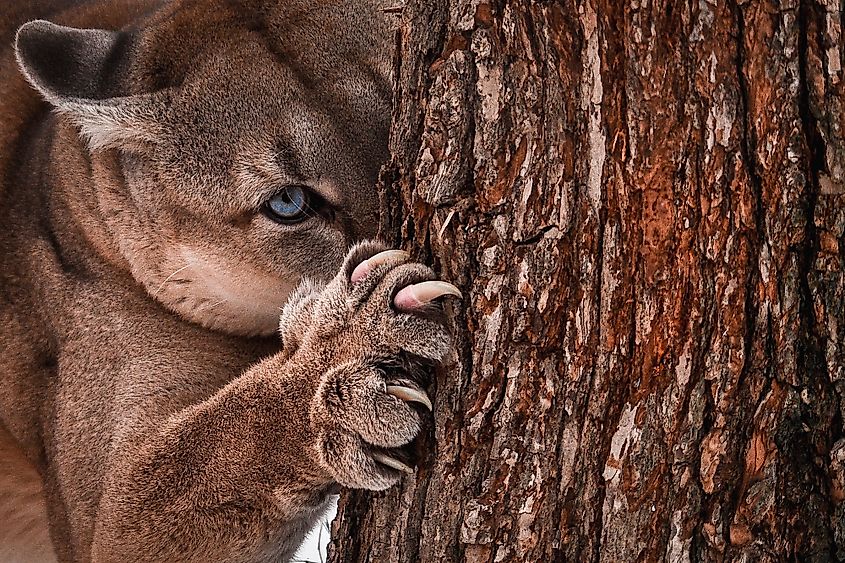
The massive amounts of unspoiled environments and a plethora of large mammals (i.e., prey) are the perfect combination for the cougar (Puma concolor), aka mountain lion, to thrive. These predominantly solitary and rarely-seen cats are red-brown or gray-brown in appearance; males can grow up to eight feet long (females grow upwards of six feet), and they competitively occupy territories between 100-300 square miles. As long as the terrain is vast, cougars have proven to be quite adaptable, becoming apex predators in the deserts of the American Southwest, the swamps of Florida (the panther is a subspecies of cougar), and, of course, the damp forests of the Pacific Northwest. Sadly, the Eastern cougar was hunted to extinction during the early days of European settlement. The same fate nearly occurred in Oregon, with as few as 200 specimens left by 1961, but the tide turned when the Oregon Department of Fish and Wildlife took control of population management/hunting regulation in 1967.
Black Bear
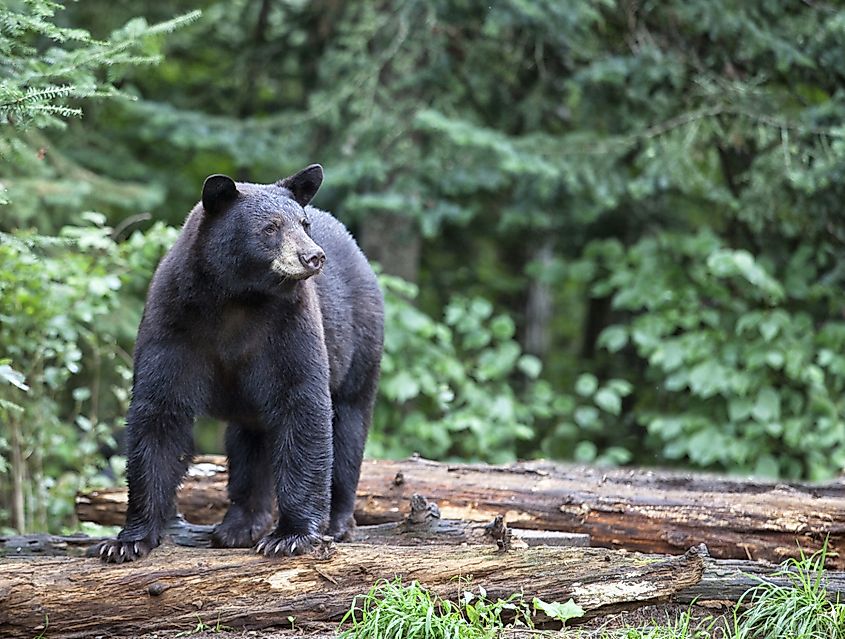
Another iconic, mesmerizing, and intimidating creature on par with the cougar is the black bear (Ursus americanus). The sprawling forests of Oregon once again provide a prime habitat for these large (five to six feet long, 125 to 500 pounds) omnivores, which enjoy a prosperous population of between 25,000 and 30,000 in this state alone. Forests provide shade and thermoregulation for black bears in the summer, dens for hibernation in the winter, escape plans for threatened cubs (who are excellent climbers), and dependable sources of food. It may come as a surprise to those unfamiliar with ursines, but black bears predominantly subsist on berries, insects, nuts, and grasses – only turning to small mammals, fish, and other animals (including stealing cougar kills) when the need or opportunity arises. Additionally, their excellent sense of smell propels black bears to human homes and campsites in an attempt to swipe unattended food or garbage and sometimes leads to conflicts that can harm both parties.
Gray Wolf
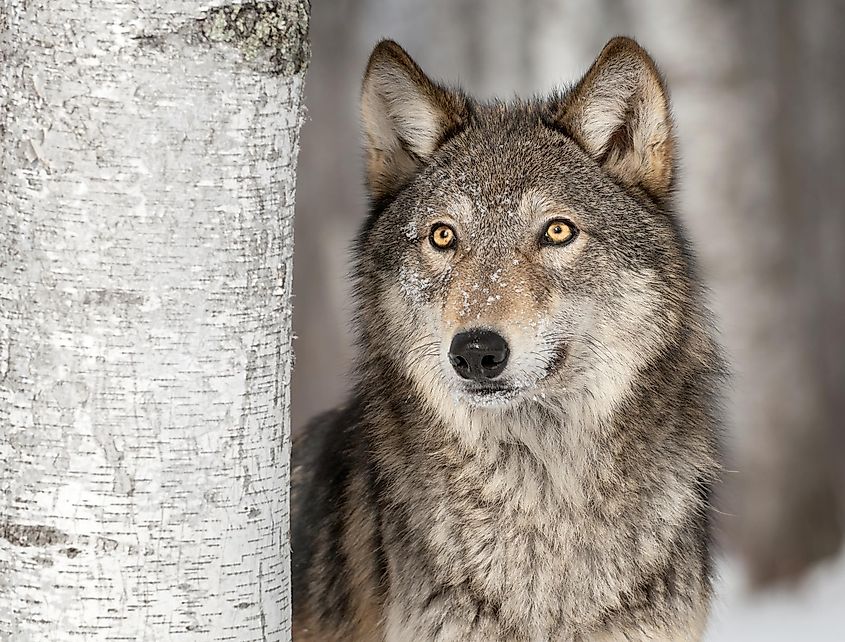
Rounding out the trifecta of captivating, cool, and cinematic carnivores of Oregon is the gray wolf (Canis lupus). Similar to cougars, gray wolves have proven to be admirable generalists, staking out the frozen tundra to the North, dry grasslands and deserts, and forests. With that said, these highly social animals faced intense pushback from European settlers, causing them to vanish from most states by the early 1900s. Sadly, Oregon's last naturally-occurring gray wolf was shot in 1946. So why does it appear on this list? Wolves were reintroduced in 2009, steadily growing to an estimated population of 173 (as of 2020) in the Eastern part of the state. While not a single human death occurred at the hands (or rather, paws) of healthy wolves in the 20th century, threats to livestock continue to cause friction between humans and the world's largest canid.
Red Tree Vole
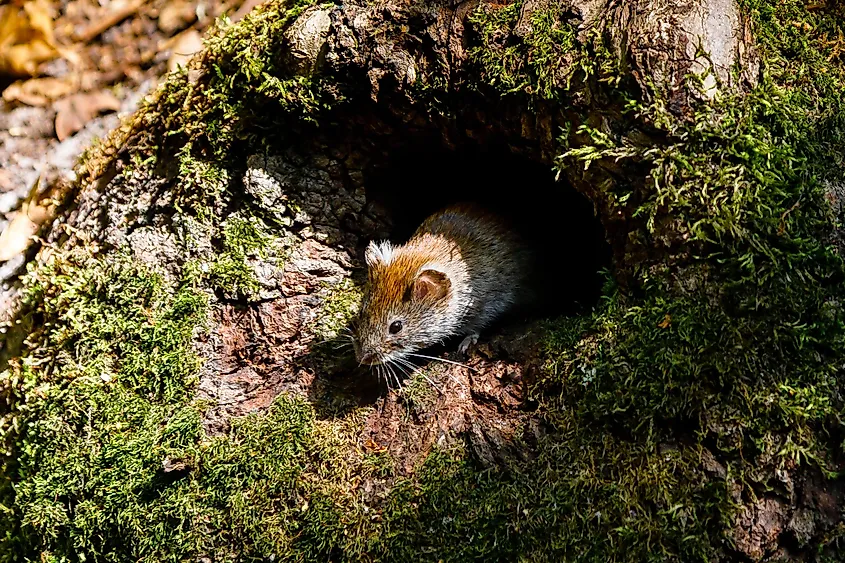
Switching from the big and (potentially) fierce to the meek and (potentially) cuddly, the red tree vole (Arborimus longicaudus) deserves some love for being endemic to Oregon. That's right, this six to eight-inch-long rodent is found nowhere else in the world but the coast regions and mature conifer forests of Oregon's Western Cascade range. But even hiking the world-class trails of Oregon is unlikely to reveal this adorable, reddish-brown animal, for it lives in nests at the top of old-growth Douglas-firs, western hemlock, grand fir, and Sitka spruce – utilizing the needles as its sole source of food, and dew droplets for hydration. Talk about specialized! Logging of old-growth forests and predation by the spotted owl are the primary challenges to this species. The red tree vole has been listed as a federal species of concern and as "sensitive" on Oregon's Sensitive Species List. Amazingly, when threatened, the red tree vole will leap out of its nest, falling upwards of 100 feet to the ground, but still able to scurry into hiding.
Bald Eagle
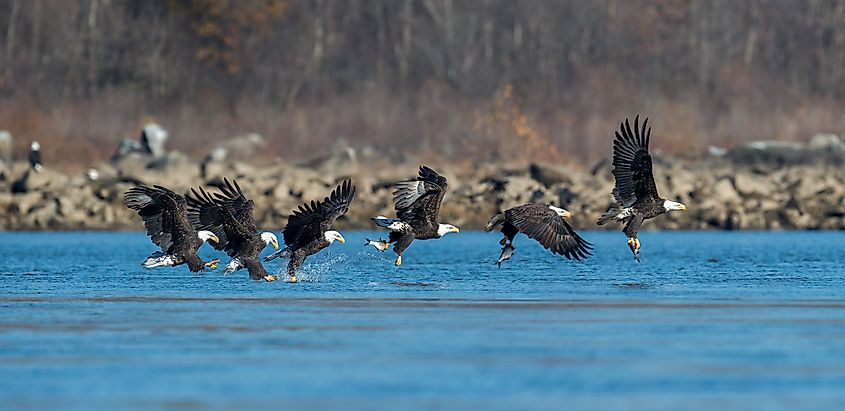
It does not get much cooler than America's national bird: the bald eagle (Haliaeetus leucocephalus). This patriotic raptor is one of eight species of sea eagle but the only one found in North America. It stands between 28 - 43 inches, with a wingspan of 72 - 96 inches, and weighs in at 6 - 14 pounds. While bald eagles successfully soar across most of the continent, focusing on areas near large bodies of water and within range of tall trees, they have shown a particular fondness for Oregon – breeding in 32 out of the 36 counties. History once again has much to teach us about conservation when it comes to this beautiful bird. After widespread chemical pesticide usage, breeding was disrupted to the point of near extinction. Even after DDT was restricted in 1972 and the bald eagle was added to the Endangered Species Act in 1978, it took decades for populations to rebound. And while this symbol of the U.S. boasts strong numbers, the battle is not yet over. In 2022, it was discovered that almost half of American eagles suffer from lead poisoning – a consequence of scavenging in polluted waterways.
Gray Whale
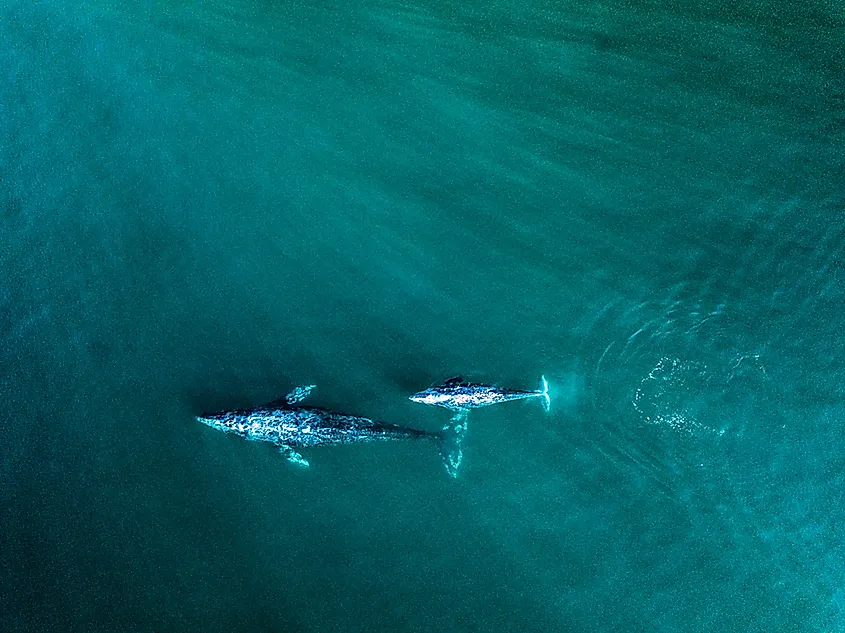
While many sizable sea creatures roam the waters off the coast of Oregon, the gray whale (Eschrichtius robustus) is one of the most commonly spotted and appreciated. This species of baleen whale (mysticetes) grows up to 50 feet in length and can weigh a whopping 80,000 pounds. An estimated 200 gray whales live year-round near Oregon's coast, but the viewing opportunities skyrocket during the winter and spring migrations, which bring approximately 18,000 more swimming through. Whale Watch Week occurs between Christmas and New Year's Day (i.e., the peak of the winter migration) when as many as 50 whales per day head toward the breeding grounds offered by the Sea of Cortez. Despite the long excursion, most gray whales will remain in the Baja for only a few weeks, after which they retreat back to the cold but plankton-rich waters of the North Pacific. New mothers will stay with their calves for an extra month or two.
Great Gray Owl
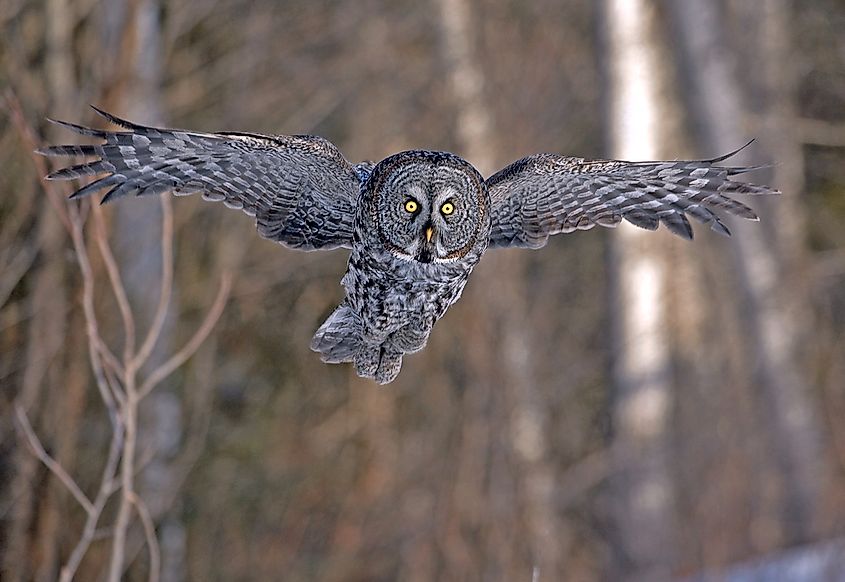
Another great gray animal in and around Oregon is the great gray owl (Strix nebulosa) – one of 14 species of owl in the state but one of five that faces conservation challenges. The largest of owls in the state (though not the heaviest) reaches 24 to 32 inches in height and weighs about 3.2 pounds (with males and females being similar in girth). The gray owl has a distinct facial disc with concentric rings and piercing yellow eyes. They prefer to nest in old-growth forests, relying on cavities in trees (an example of commensalism in nature), existing nests built by other species, or human-made platforms/other structures, and hunt in grassy clearings. The gray owl is an Oregon Conservation Strategy Species, listed as "sensitive," and currently found only in the Cascades, Blue, and Wallowa Mountains at elevations above 3,000 feet. Globally, gray owls roam far and wide across the Northern Hemisphere.
California Mountain Kingsnake
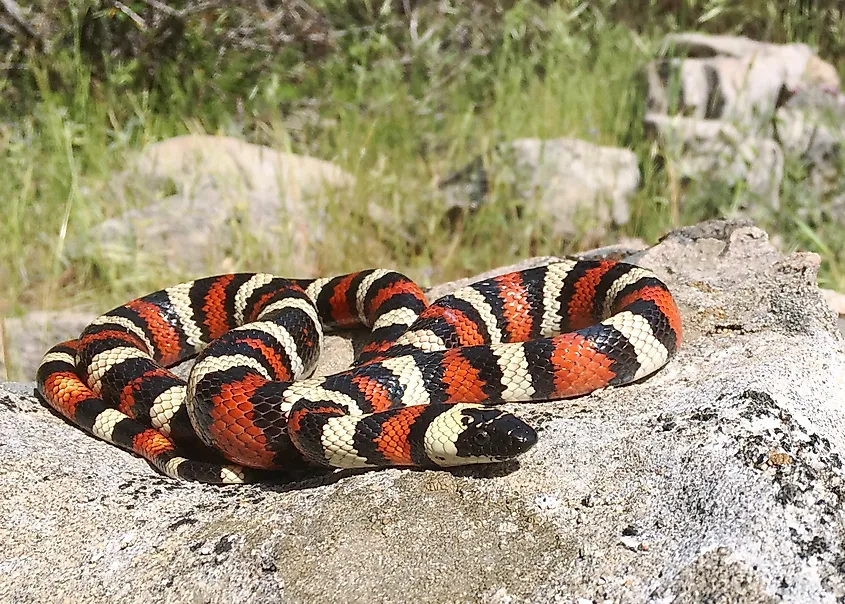
Popping off the deep green, brown, and gray Oregonian landscape are the bold black, red, and white (or yellowish) stripes of the California mountain kingsnake (Lampropeltis zonata). Though easy to mistake for the venomous coral snake, this striking (in appearance) specimen is ultimately harmless. The California mountain kingsnake grows between 24 and 30 inches in length and likes to seek shelter in shrubs, rotting logs, and rock crevices near streams within wooded areas – particularly the pine forests, oak woodlands, and chaparral of the state's Southwestern valleys. In the wintertime, kingsnakes gather together, often in dens called hibernacula, to grind out the cold stretches. This colorful snake snatches up other snakes (including juvenile rattlesnakes), lizards, birds, and small mammals. Due to habitat fragmentation, Oregon lists the status of the California mountain snake as sensitive.
Western Painted Turtle
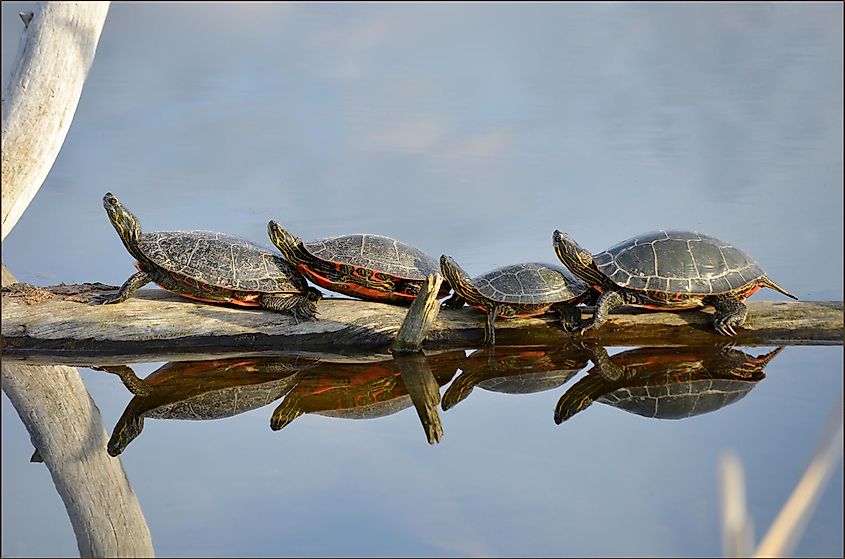
Another ostentatious and sensitive reptile is the Western painted turtle (Chrysemys picta) – the only species of painted turtle native to the Pacific Northwest. These patient creatures rely on shallow, slow-moving bodies of water with bountiful aquatic vegetation, a muddy bottom, and ample logs or viable shorelines for basking opportunities. In Oregon, such conditions can be found in the Blue Mountains, Coast Range, Willamette Valley eco-regions, and East and West Cascades. The Western-painted turtle can be easily identified due to its yellow-striped head and legs, red-rimmed shell, and creatively designed (ostensibly) under-shell area (i.e., plastron). This species of turtle is dimorphic in favor of the females. They grow upwards of ten inches in length, compared to the males, who grow to be six inches long.
Northern Flying Squirrel
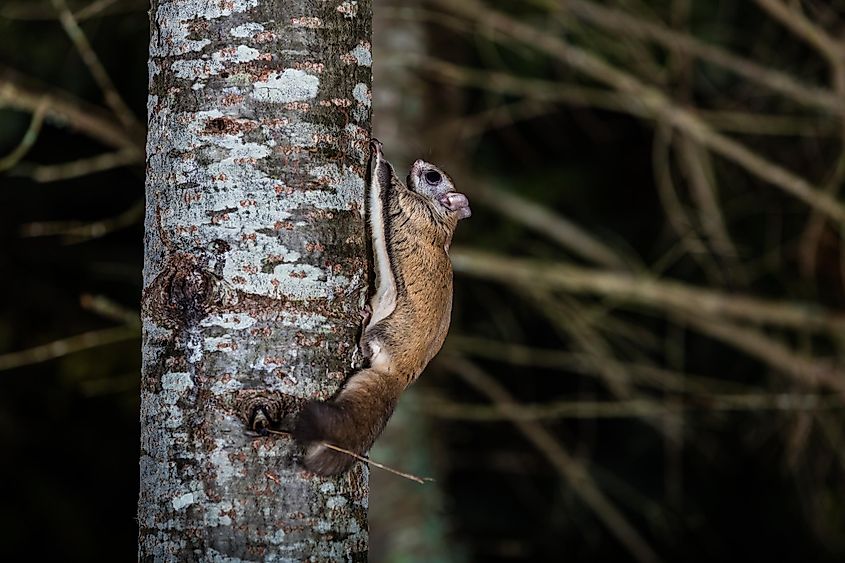
While cute, squirrels do not tend to grab one's attention like larger mammals. But this member of the Sciuridae family has a really cool trick up its sleeve that borders on a superpower. As the name suggests, the Northern flying squirrel (Glaucomys sabrinus) is equipped with a built-in parachute (or rather, a membrane that extends from wrists to ankles), which it uses to soar from tree to tree at death-defying heights. This nocturnal acrobat is the smallest arboreal squirrel in the state, but its daredevil acrobatics give it a big reputation. In Oregon, the Northern flying squirrel has been able to thrive in the large, mixed forests. Though it is not listed locally and is categorized as "Least Concern" on the IUCN's (International Union for Conservation of Nature) Red List, it also does not receive federal protection, is considered "Recovering" in Virginia, and is "Endangered" in North Carolina.
Oregon is an inspiring snapshot of the wondrous, albeit fragmented, American ecosystem. From high deserts to low-lying, dense, damp forests, the diversity of this Pacific Northwest state allows countless fascinating animals to frolic freely (or with light-touch management). These dozen entries are but a sample of the deep well of cool Oregon creatures. To find out more on what to look for or how to help in conservation efforts, visit the Oregon Department of Fish & Wildlife. But of course, the best way to appreciate the local environment is to get out there and explore. Oregon has a lifetime's worth of national/state parks and other protected spaces to visit and a near-infinite network of blazed trails to hike.











